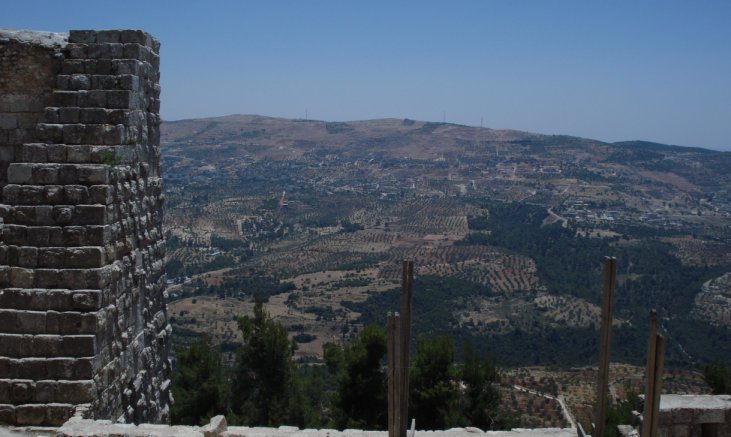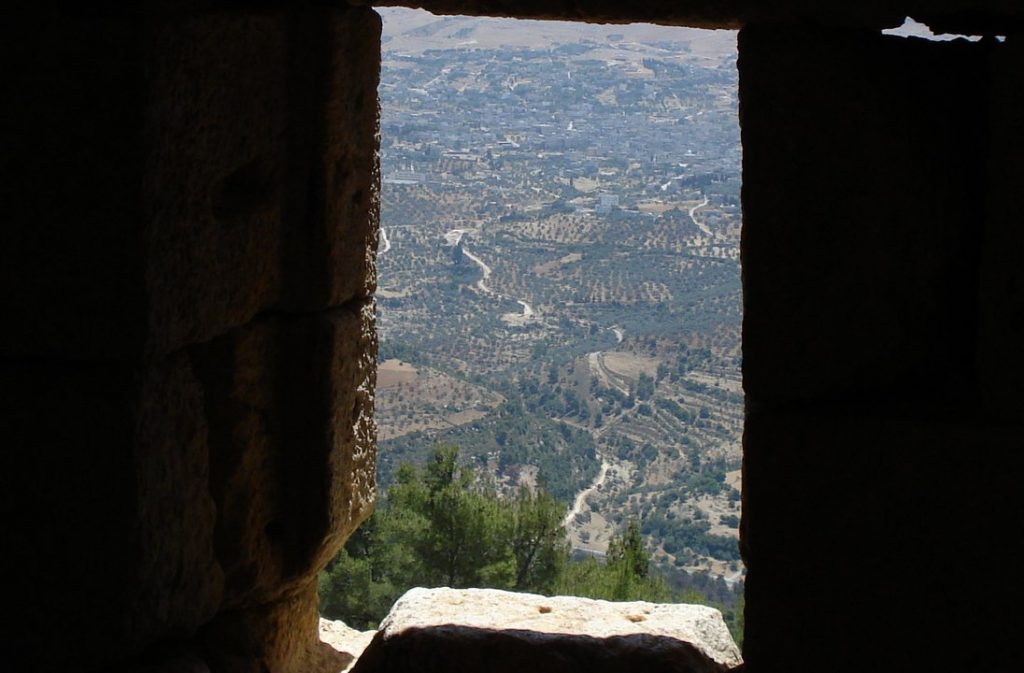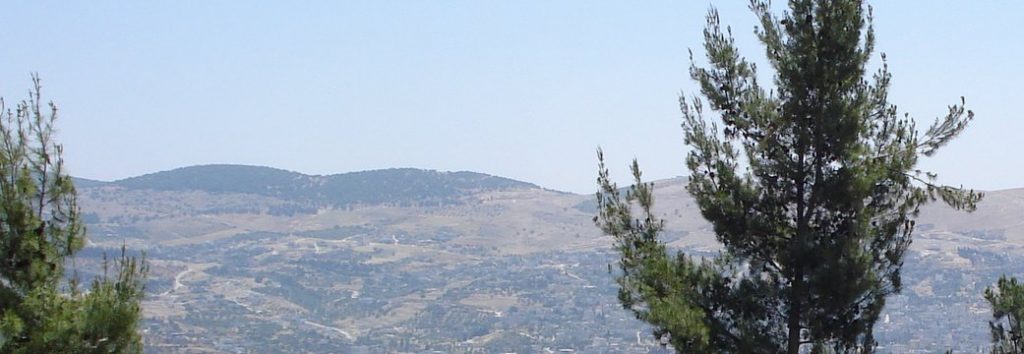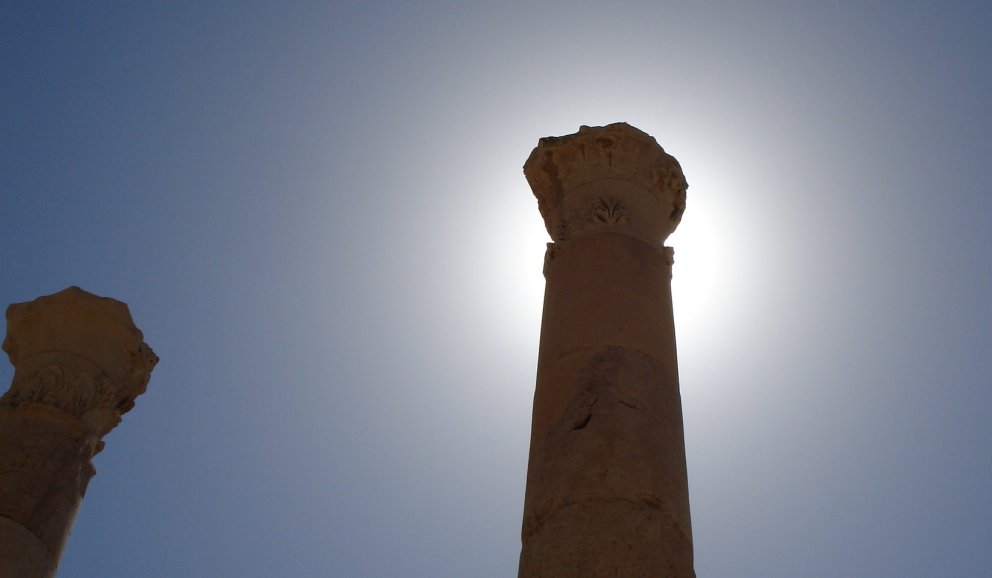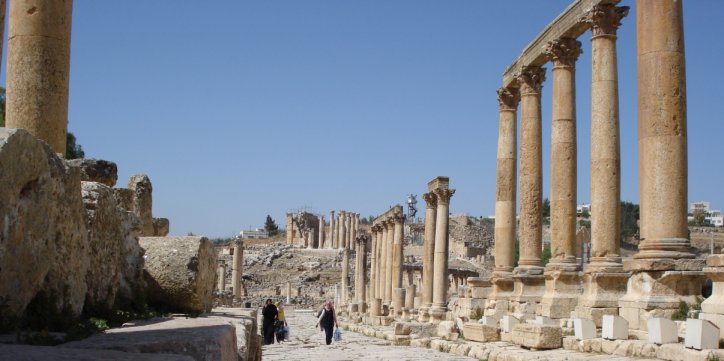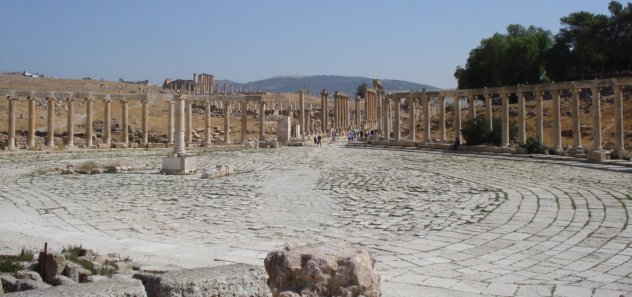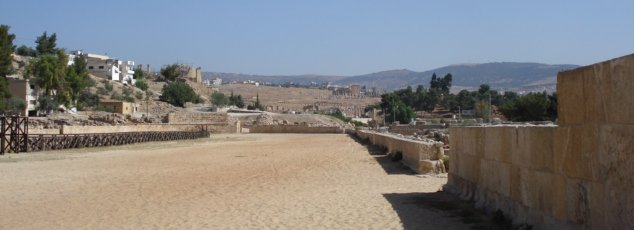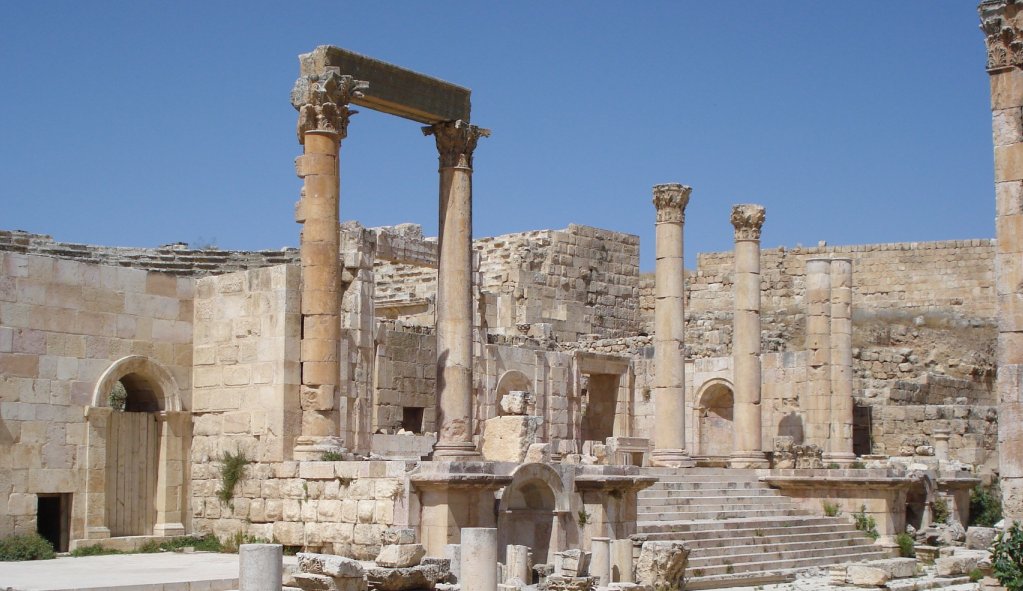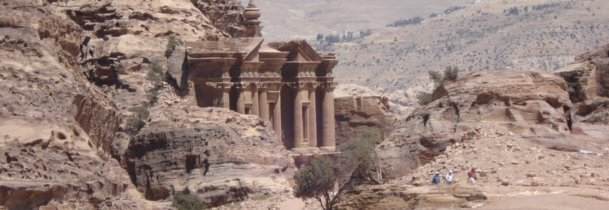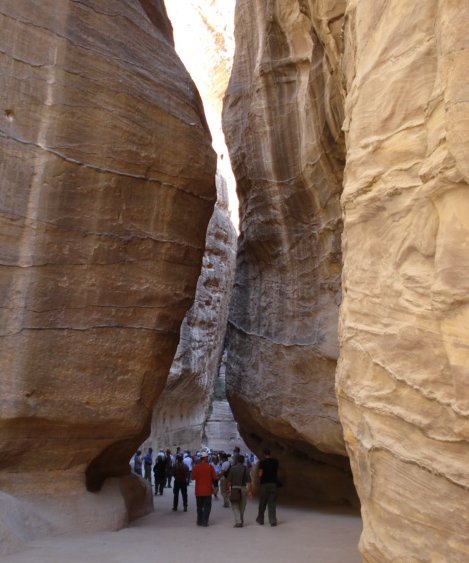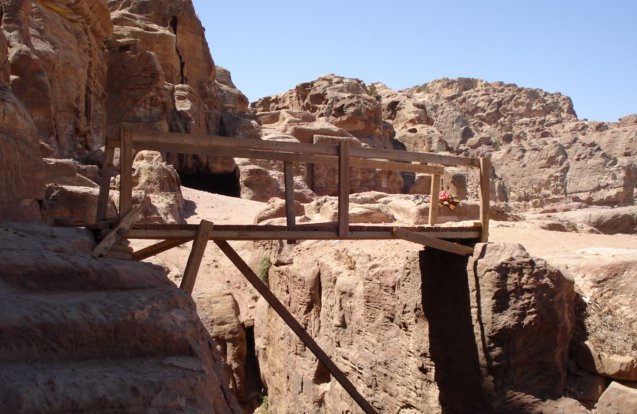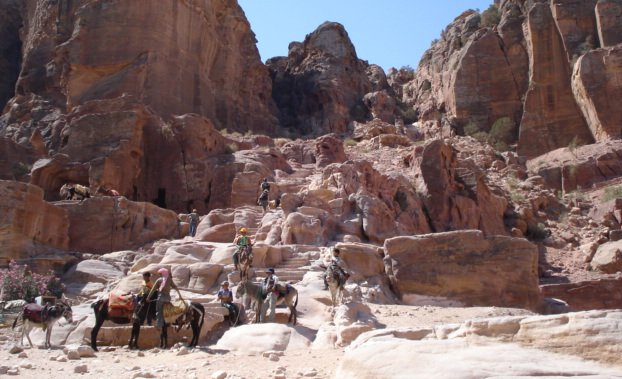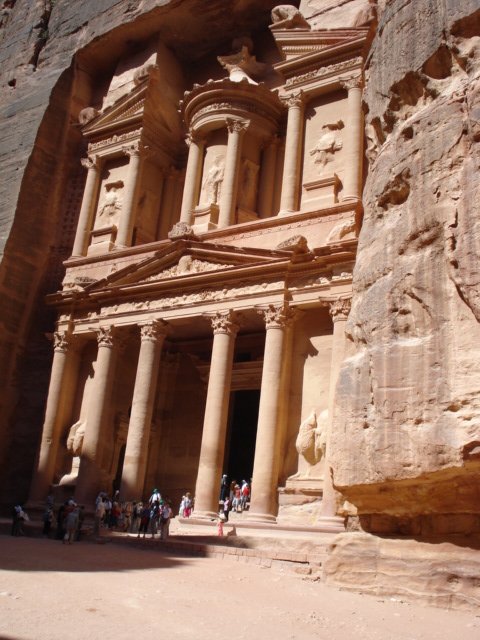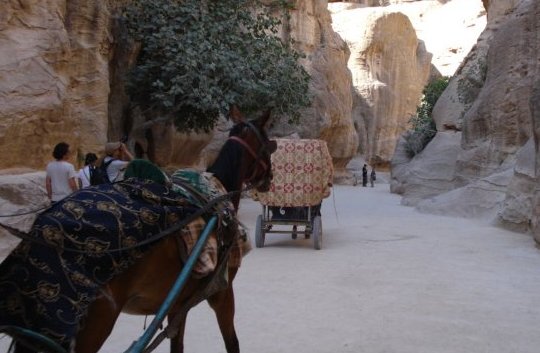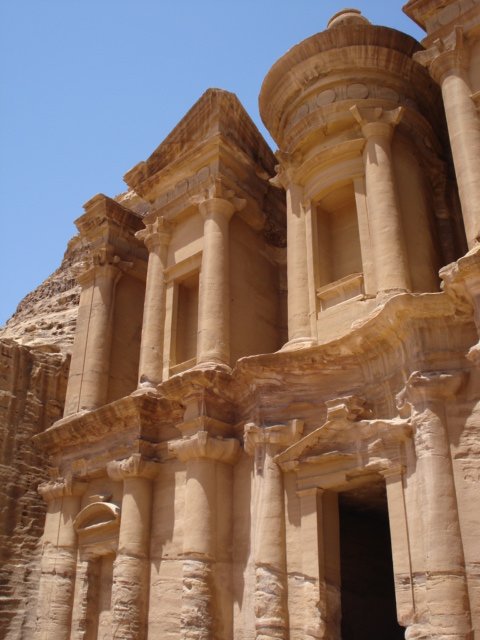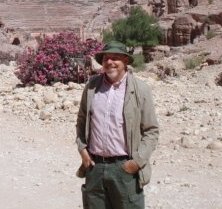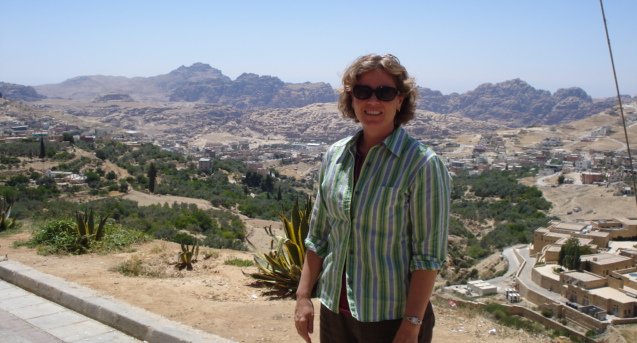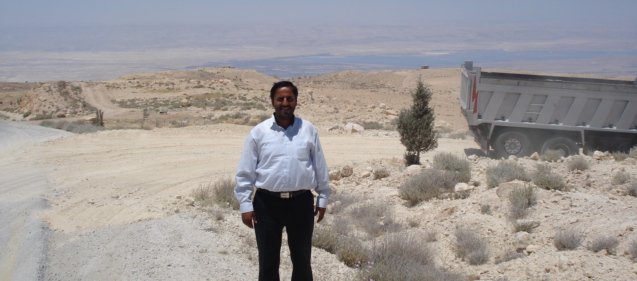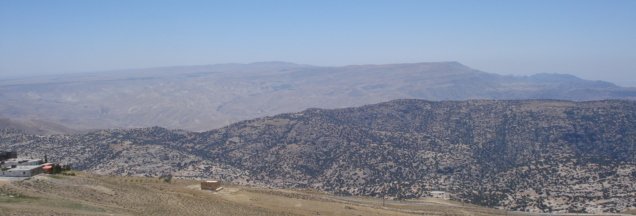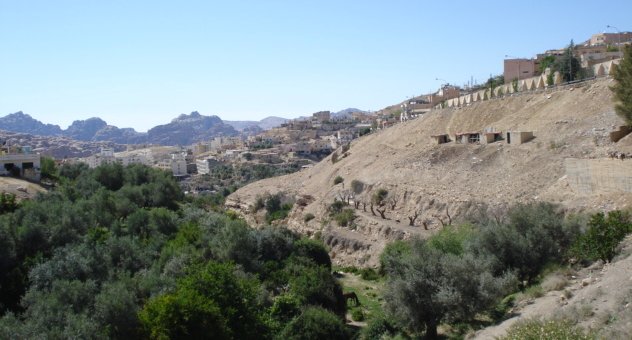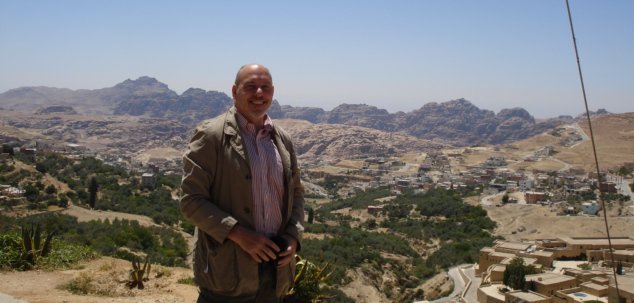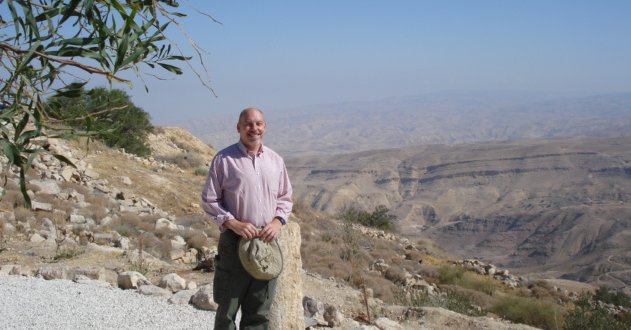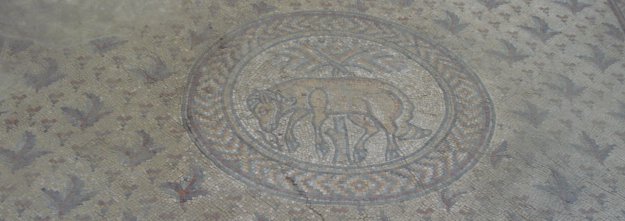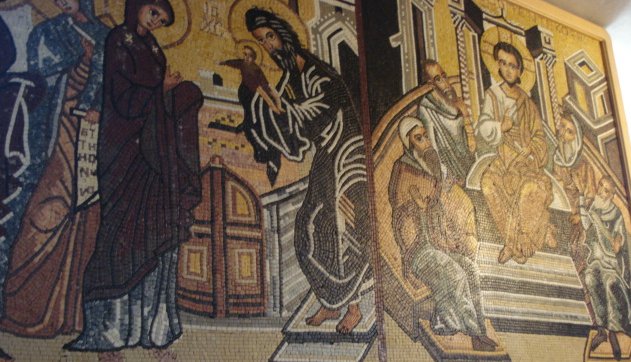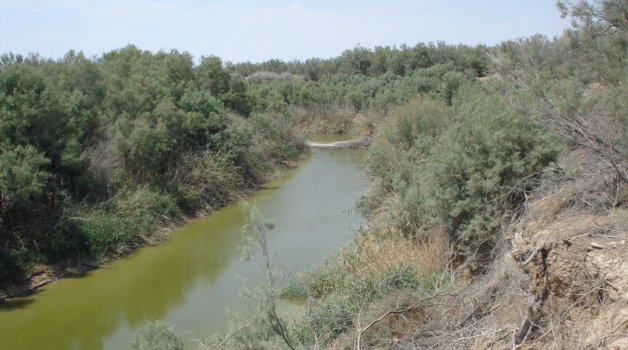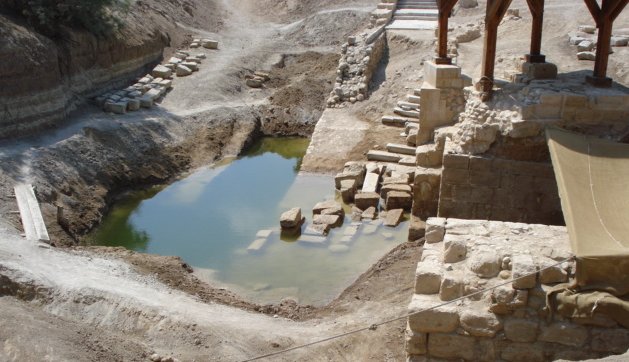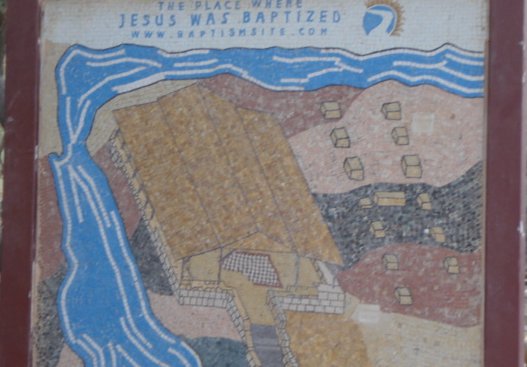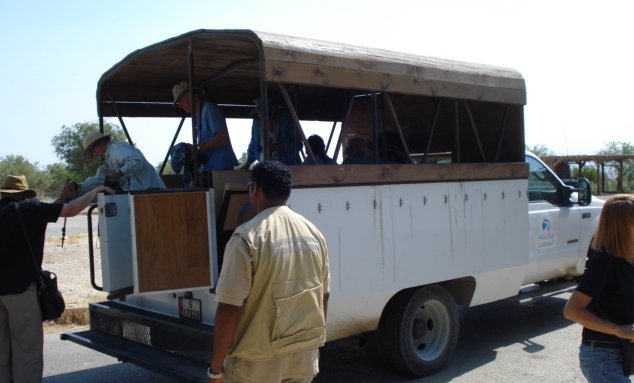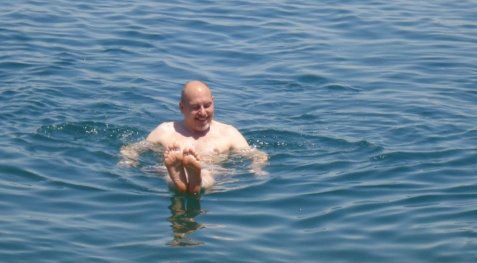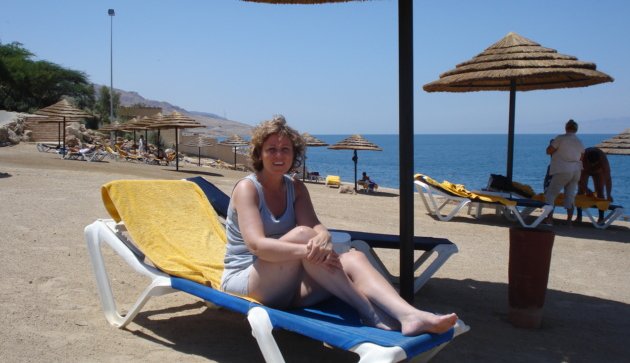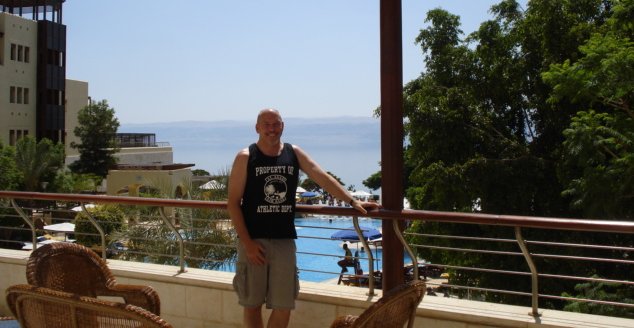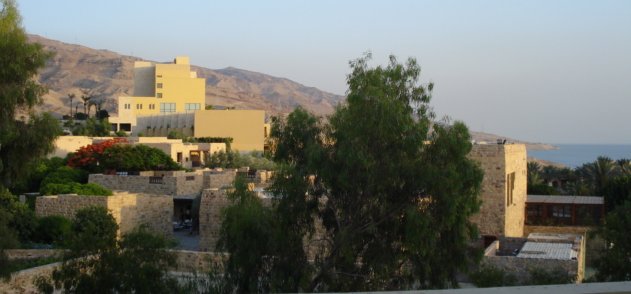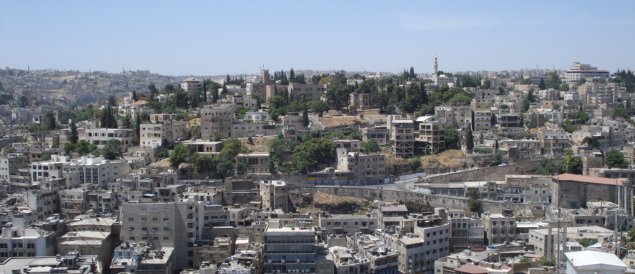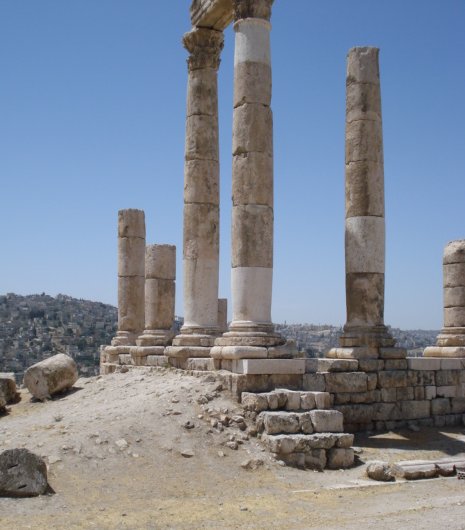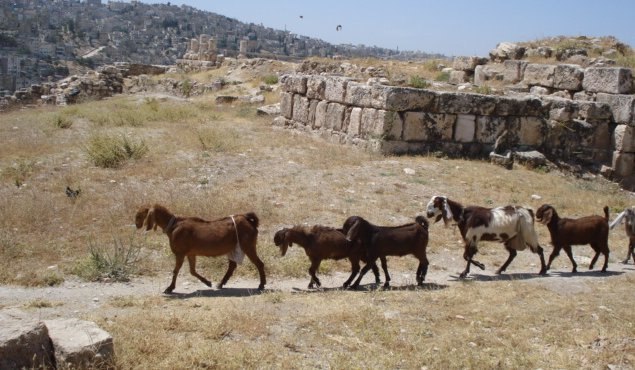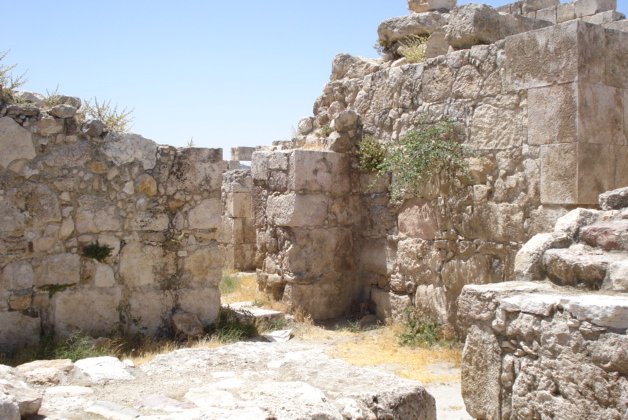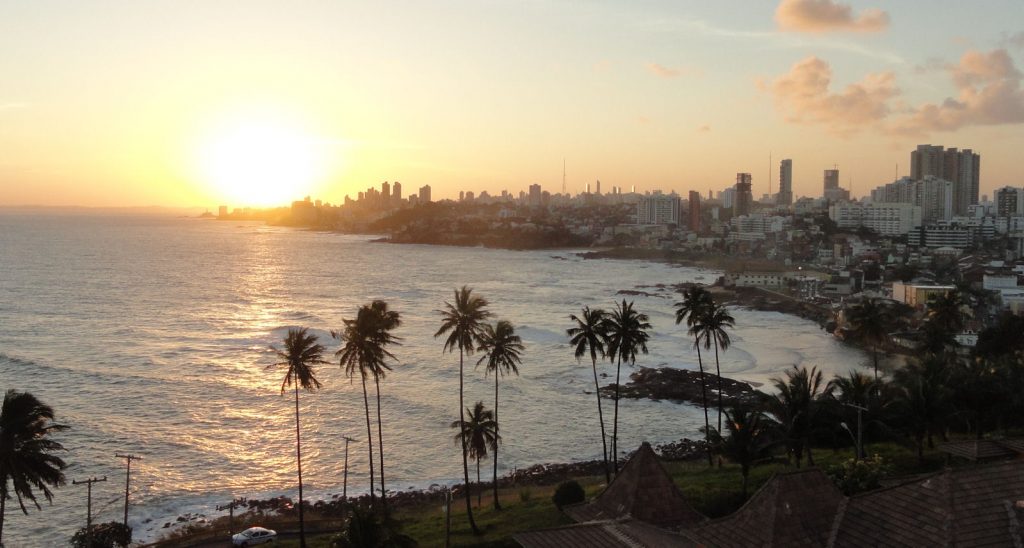
Bahia is a big and diverse state and there is a lot more than the well-known images of carnival, capoeira or the images from Jorge Amato novels. A place like Bahia, which was less developed than many other places, has the advantage in that it can jump ahead, taking advantage of advances w/o having to go through all the mistakes that other suffered along the way. It is the advantage that the sun-belt had over the rust-belt and the U.S. analogy works on several levels.
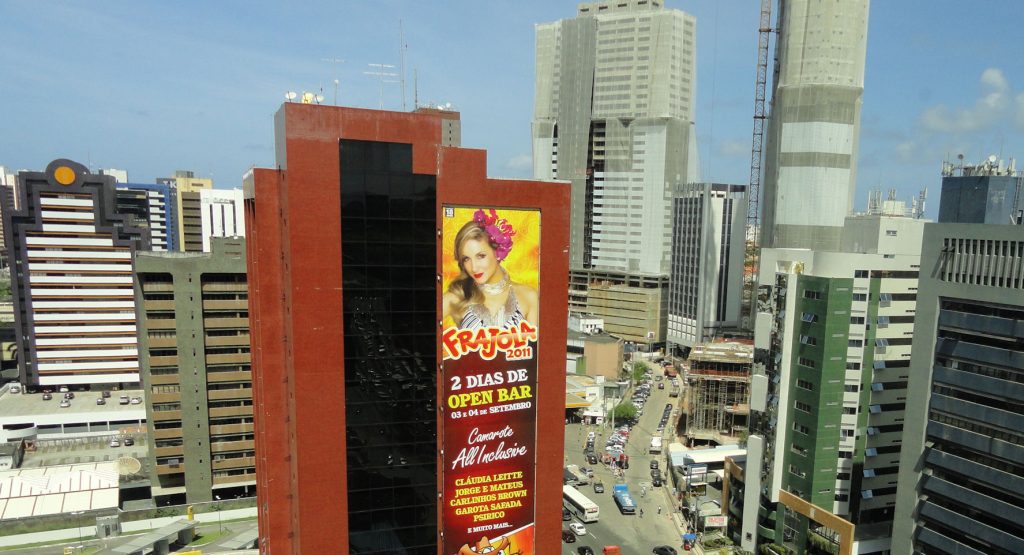
We bought a Ford Fiesta for Mariza. I noticed it was made in Brazil; now I know it was made in Bahia. The plant opened in 2001 and started to make cars for the U.S. market a couple years ago. It is a new plant and one of the most productive in the world. It doesn’t have the so-called legacy costs of older-plants. The equipment is new and up-to-date and so are the workers, who are trained and accustomed to the up-to-date equipment. BTW – I didn’t know that all the Mercedes-Benz “M Class” vehicles are made in Alabama. So the American car (Ford) comes from Brazil and the German car (Mercedes) comes from America. Who can keep track?

There are lots of new things in the old state of Bahia. Money is pouring in because of good business opportunities in general but also because of the pre-salt petroleum discoveries off the coast. Some of this oil will come ashore in Bahia and the petroleum industry will require billions of dollars of support activities. Bahia also is set to become a leader in the biofuels industry. Sugar cane is one of the most efficient crops for producing ethanol and sugar cane in a prime crop in Bahia. They are also experimenting with other crops to be used to make oils and biodiesel.
Western Bahia has become some of the most productive farmland in the world, thanks to better ways to manage soils and new crop varieties. The remaining problem is infrastructure. Roads are bad and railroads almost non-existent, but the Brazilians are building a railroad across Bahia, from Tocantins to the sea to carry the grains of the inland farms to the ports of the world.
I knew that corn and soy could be successfully grown, but I was surprised to learn that they are growing grapes for wine in Bahia. The season never really ends and with the help of irrigation they get two and a half harvests a year from their vineyards. I thought that wine grapes could not be successfully grown too far into the tropics. I recall that there was some doubt that a successful wine industry could be established even in Rio Grande do Sul. But it worked there and now it is moving even farther toward the equator. I also heard that EMBRAPA is developing pears that grow well in the valley of the Sao Francisco, in Bahia. Pears are/were also a cool climate crop. The wonder of modern agriculture is how we keep on developing new varieties of crops that grow in places where nobody thought they could. Actually, it is the wonder of human imagination. Somebody always figures out ways to overcome those who tell us things cannot be done.
One of the complications of development for a place like Bahia is that a lot of the work is done by newcomers and many of the benefits are gained by them. The farmers in the western part of the state, for example, are often immigrants from states like Rio Grande do Sul & Paraná. They brought their know-how with them and developed it to a higher level in the new land of Bahia. Sometimes transplanted ideas and methods work better.
My first trip to Bahia only gave me a start. Salvador is only a small part of the state. I have not been to western Bahia, but I plan to go and see those productive farms in places where a few decades ago everybody said could grow nothing but poverty.
My pictures show Salvador from the ocean view, a new area of town (notice the new buildings under construction) and the last picture shows students at the Federal University of Bahia.

